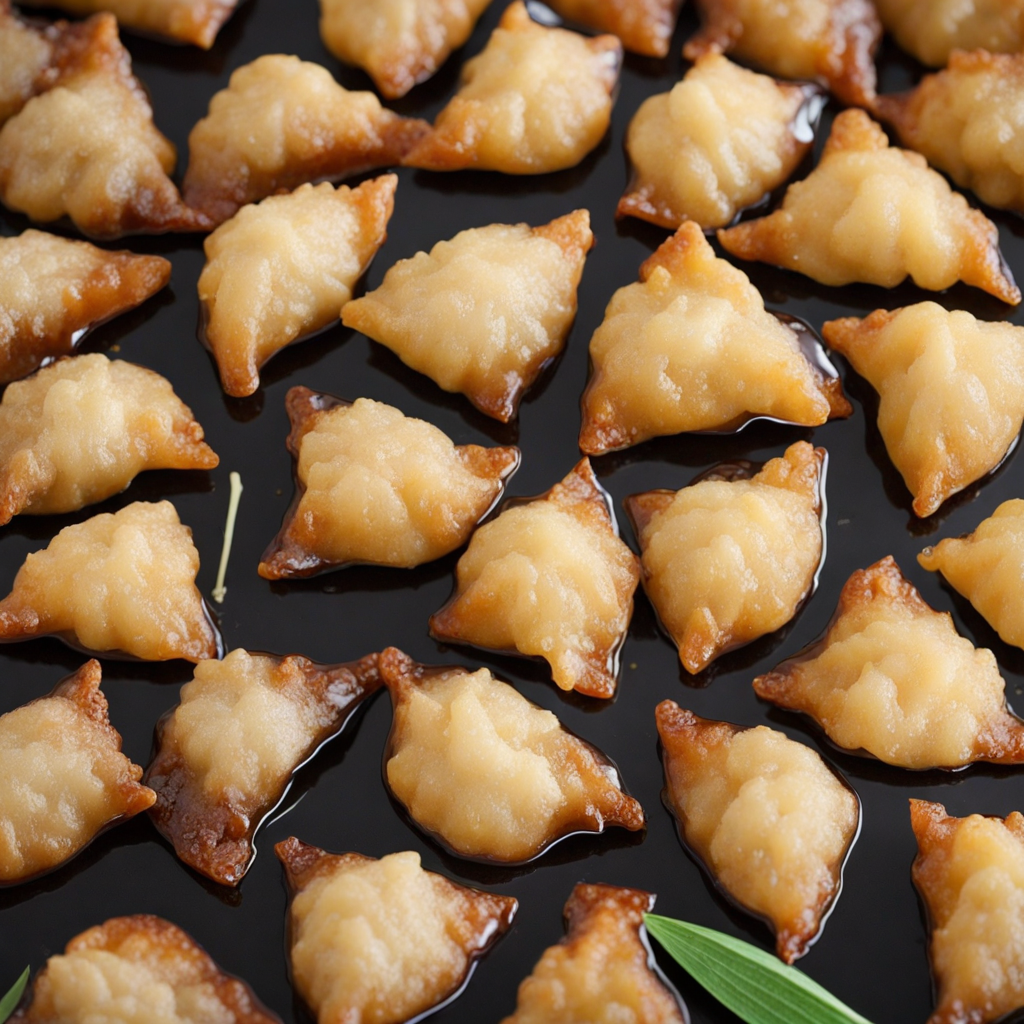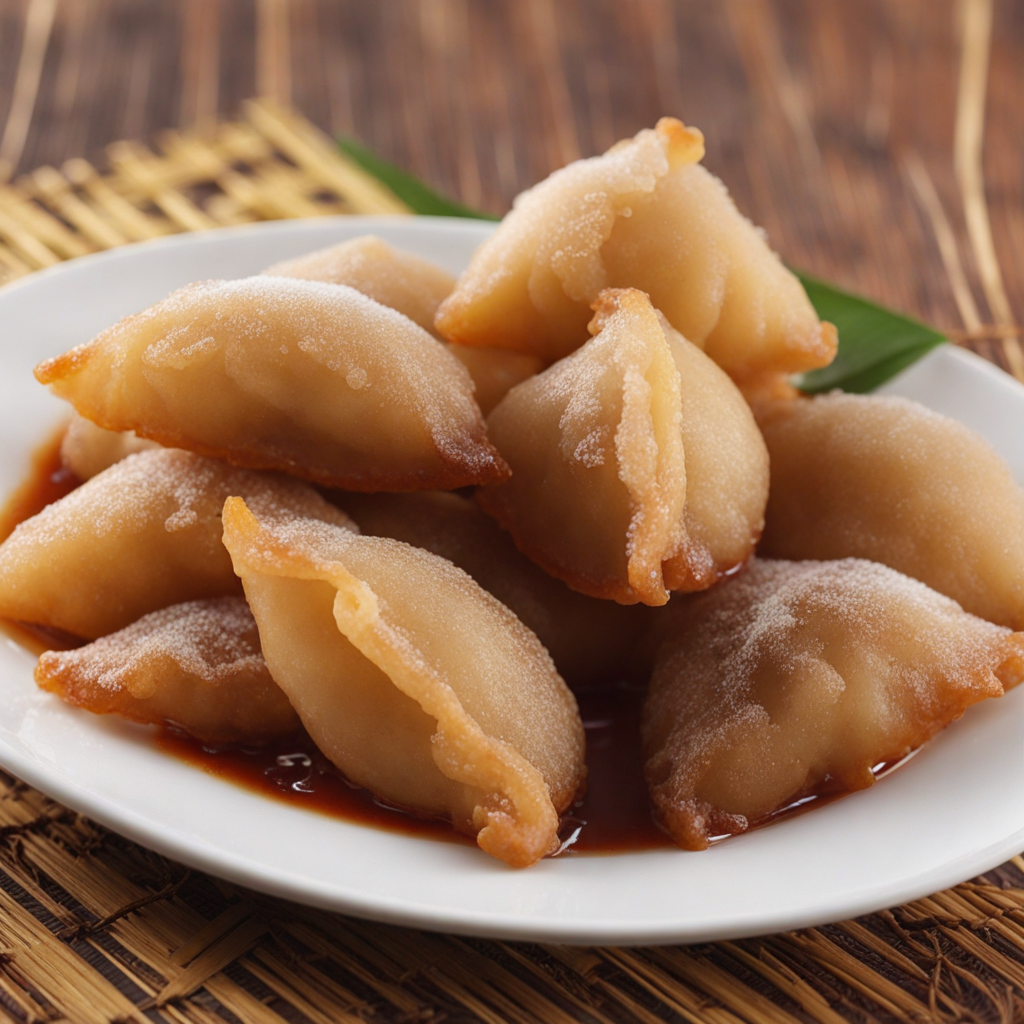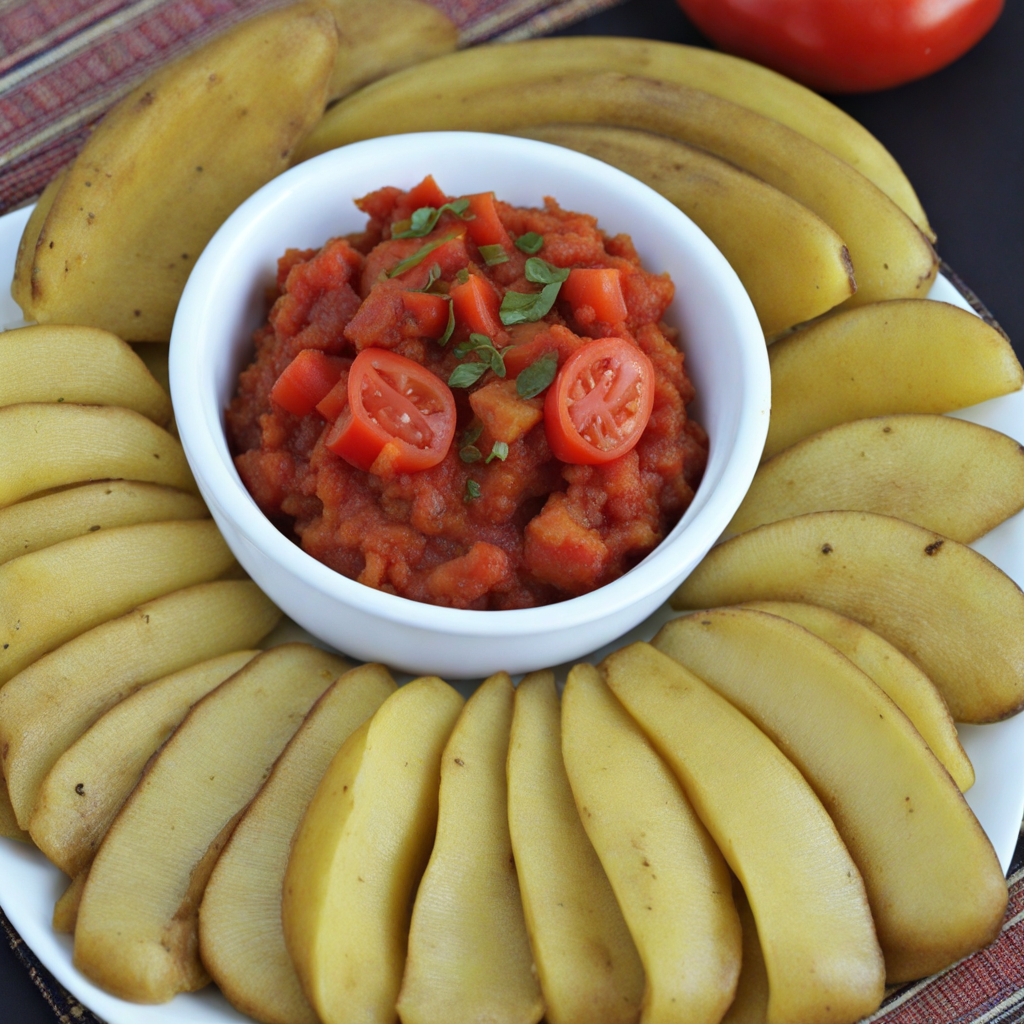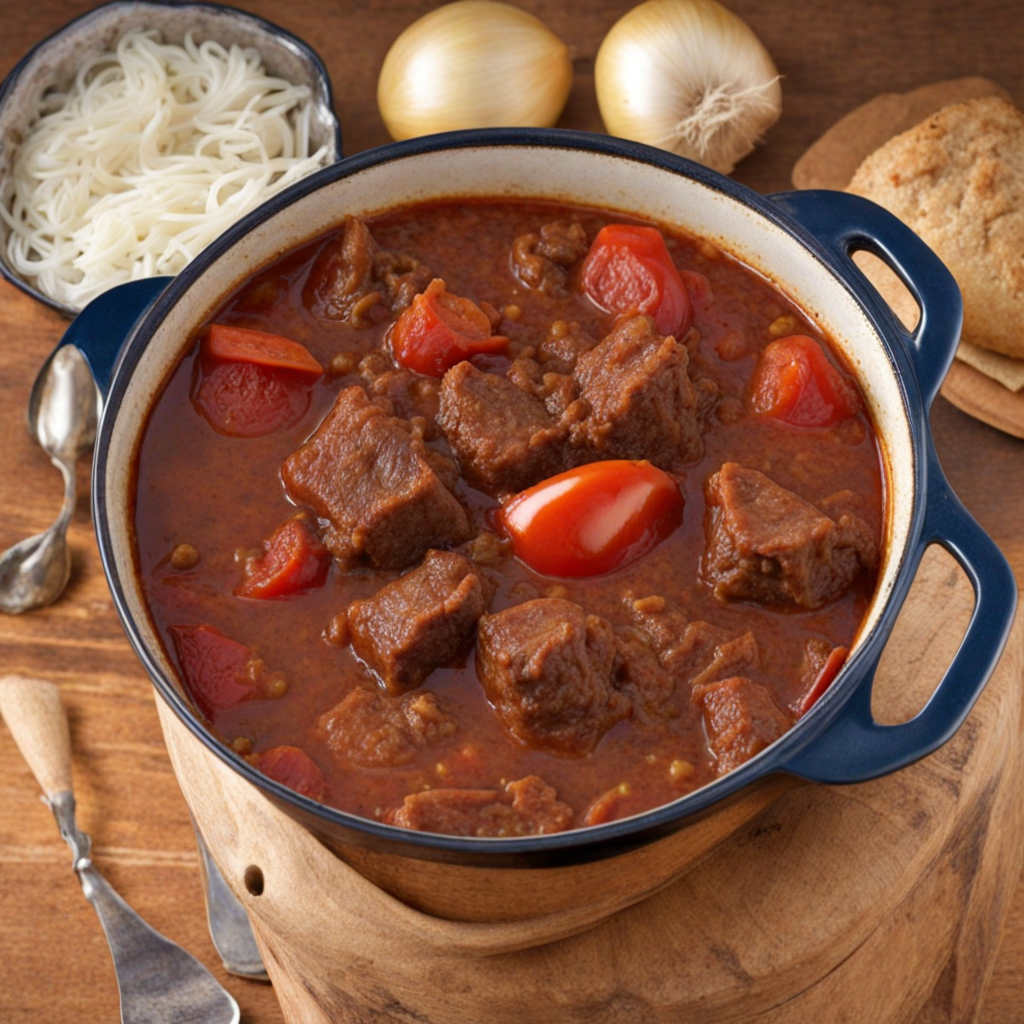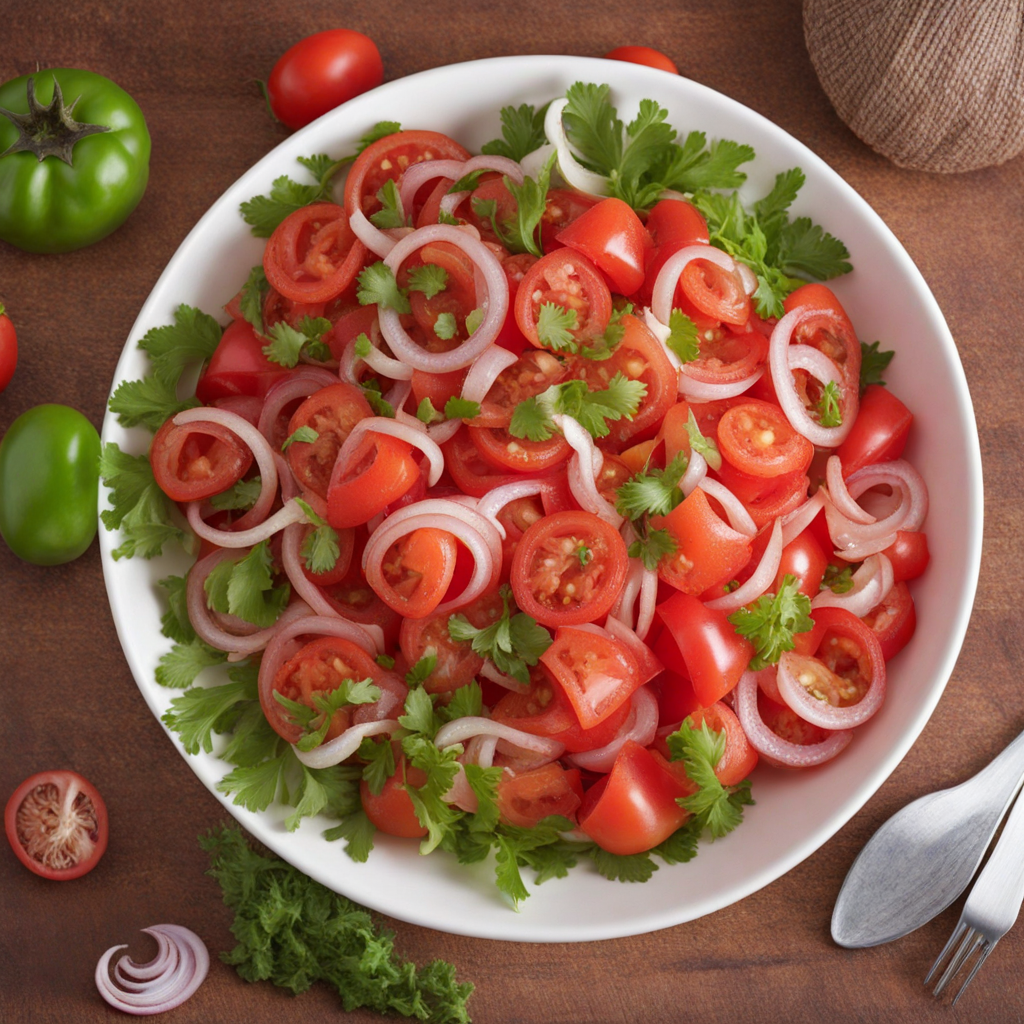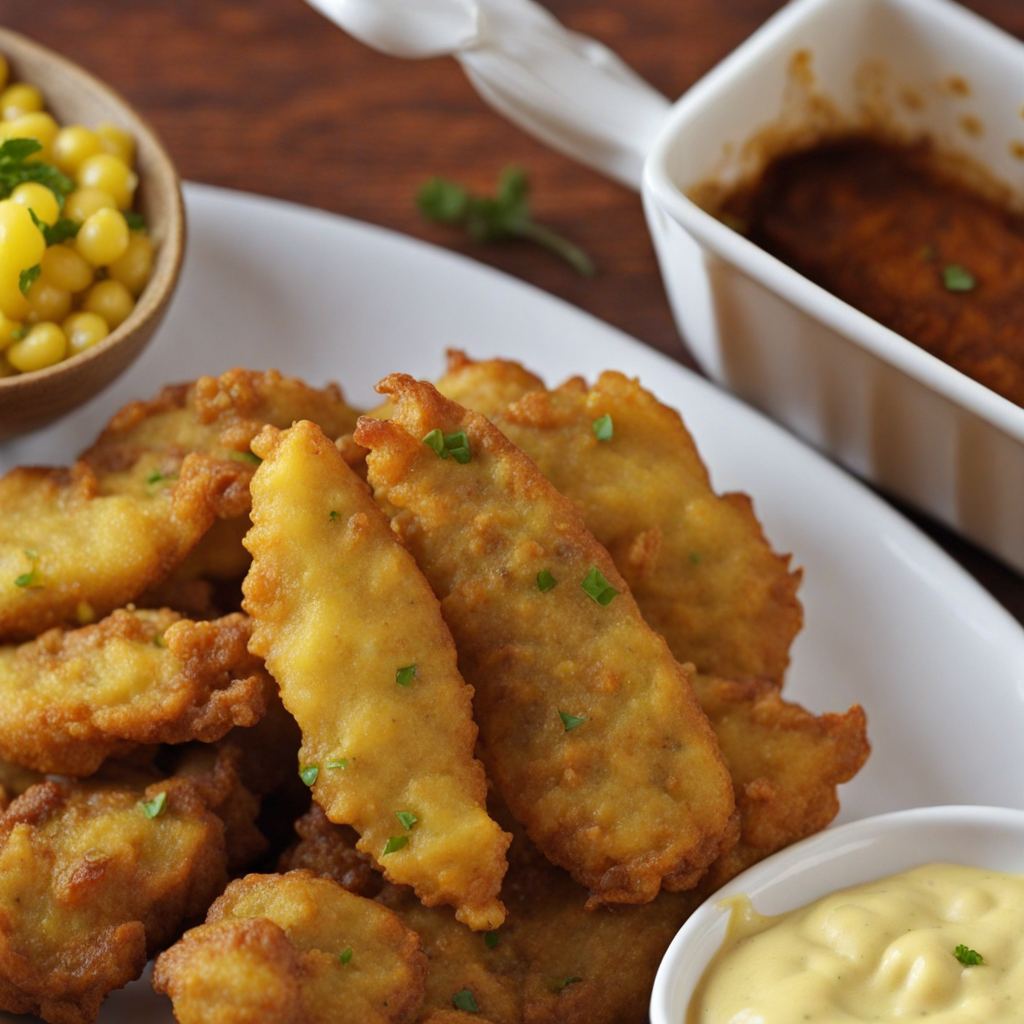Kaimati
Kaimati is a delightful Kenyan dessert that offers a unique taste experience, combining a crispy outer layer with a soft, fluffy interior. These small, round dumplings are made from a mixture of flour, sugar, and yeast, which is deep-fried to golden perfection. The contrast between the crunchy exterior and the pillowy inside creates a satisfying texture that is both comforting and indulgent. Traditionally, Kaimati is often enjoyed during special occasions and celebrations, making it a favorite among families and communities alike. The sweet treat is often drizzled with a rich syrup made from sugar, water, and cardamom, which infuses the Kaimati with a fragrant aroma and a hint of spice. This syrup not only enhances the flavor but also adds a glossy finish that makes the dumplings visually appealing. The cardamom brings a warm and slightly exotic note to each bite, making Kaimati a delightful balance of sweetness and spice that excites the palate. Kaimati is typically served warm, allowing the syrup to soak into the dumplings, creating a delectable taste sensation that is hard to resist. Whether enjoyed as a dessert, a snack, or a festive treat, Kaimati offers a glimpse into the rich culinary traditions of Kenya. Its simple ingredients and comforting flavors make it a beloved choice for those looking to explore new tastes and share in the joy of Kenyan culture.
How It Became This Dish
Origin of Kaimati Kaimati, a beloved sweet treat from Kenya, has its origins deeply rooted in the Swahili culture, which flourished along the East African coastline. The name "Kaimati" is derived from the Arabic word "Qaimat," which means "small pieces" or "little bites." This reflects the dish's bite-sized nature, making it a perfect snack or dessert. The Swahili people, who are known for their rich trade history and cultural exchanges with Arab, Persian, and Indian merchants, adapted this dessert, integrating local ingredients and flavors to create a unique Kenyan delicacy. Kaimati is traditionally made using simple ingredients: flour, sugar, yeast, and water, which are combined to form a dough. The dough is then deep-fried until golden brown and coated in a syrup made from sugar and water, often flavored with cardamom or coconut. The introduction of coconut, a staple in coastal cuisine due to its abundance in the region, adds a distinctive flavor that sets Kaimati apart from similar sweets found in other cultures. \n\n Cultural Significance Kaimati holds a special place in Kenyan culture, particularly among the Swahili people and communities along the coast. It is often served during significant occasions, such as weddings, religious celebrations, and community gatherings. The sweet is not only a treat but also a symbol of hospitality and generosity. When guests arrive, offering Kaimati is a gesture of goodwill, reflecting the host's desire to share a part of their culture and traditions. The preparation and consumption of Kaimati are often communal activities, bringing families and friends together. In many households, the process of making Kaimati becomes an event in itself, with children eagerly awaiting the chance to taste the warm, sugary bites. This communal aspect fosters a sense of belonging and continuity, as recipes for Kaimati are often passed down through generations, each family adding their unique twist to the classic preparation. \n\n Development Over Time Over the years, Kaimati has evolved, adapting to changing tastes and influences. While the traditional recipe remains popular, modern variations have emerged, incorporating different flavors and ingredients. For instance, some cooks add chocolate, nuts, or dried fruits to the dough or syrup, creating a fusion of flavors that appeal to younger generations. These innovative twists reflect the dynamic nature of food culture in Kenya, where traditional dishes are often reimagined to suit contemporary palates. The rise of globalization has also impacted the way Kaimati is perceived and consumed. As more Kenyans travel abroad and share their culinary heritage, Kaimati has gained recognition beyond its regional confines. Food festivals and cultural events in cities like Nairobi and Mombasa often feature Kaimati, showcasing it as a representation of Kenyan identity and creativity. This exposure has led to a growing interest in Kenyan cuisine, with Kaimati serving as a delicious ambassador for the country's rich food culture. \n\n Modern Variations and Innovations In recent years, Kaimati has seen a surge in popularity not only within Kenyan communities but also among food enthusiasts around the world. This rise can be attributed to the growing trend of exploring diverse culinary traditions and the increasing accessibility of international cuisines. Many local chefs and home cooks have started experimenting with Kaimati, creating innovative versions that cater to a wider audience. One notable trend is the incorporation of health-conscious ingredients. As more people seek to maintain a balanced diet, variations of Kaimati made with whole wheat flour, natural sweeteners, or healthier frying oils have emerged. These adaptations retain the essence of the original treat while providing a guilt-free indulgence for those mindful of their dietary choices. Additionally, Kaimati has found its way into modern cafes and restaurants, often presented as a gourmet dessert. Chefs may serve Kaimati with unique accompaniments, such as artisanal ice creams or exotic fruit coulis, elevating this traditional snack to a fine dining experience. This blend of tradition and modernity exemplifies the adaptability of Kaimati, ensuring its relevance in today’s culinary landscape. \n\n Global Influence and Recognition The global food scene has also embraced Kaimati, leading to its inclusion in various food blogs, social media platforms, and cooking shows. As Kenyans in the diaspora seek to share their culinary heritage, Kaimati has become a staple in many homes, connecting them to their roots and providing a taste of home. The dish's visual appeal, with its golden-brown color and glistening syrup, makes it a popular choice for social media sharing, further enhancing its visibility and appreciation worldwide. Food enthusiasts and cultural advocates have begun organizing events that highlight Kaimati and other traditional Kenyan dishes, allowing people from diverse backgrounds to experience the flavors of Kenya. These events often include cooking demonstrations, where chefs share their techniques and stories behind the dish, fostering a greater understanding and appreciation of Kenyan culinary traditions. \n\n Conclusion In conclusion, Kaimati is more than just a sweet treat; it is a reflection of Kenya's rich cultural tapestry and its historical connections to trade and migration. Its evolution from a traditional Swahili delicacy to a modern favorite showcases the adaptability of food and its ability to unite people across generations and cultures. As Kaimati continues to evolve and gain recognition both locally and internationally, it remains a cherished symbol of Kenyan hospitality, community, and culinary heritage. Whether enjoyed at a family gathering or a gourmet restaurant, Kaimati continues to delight palates and celebrate the vibrant culture of Kenya.
You may like
Discover local flavors from Kenya


